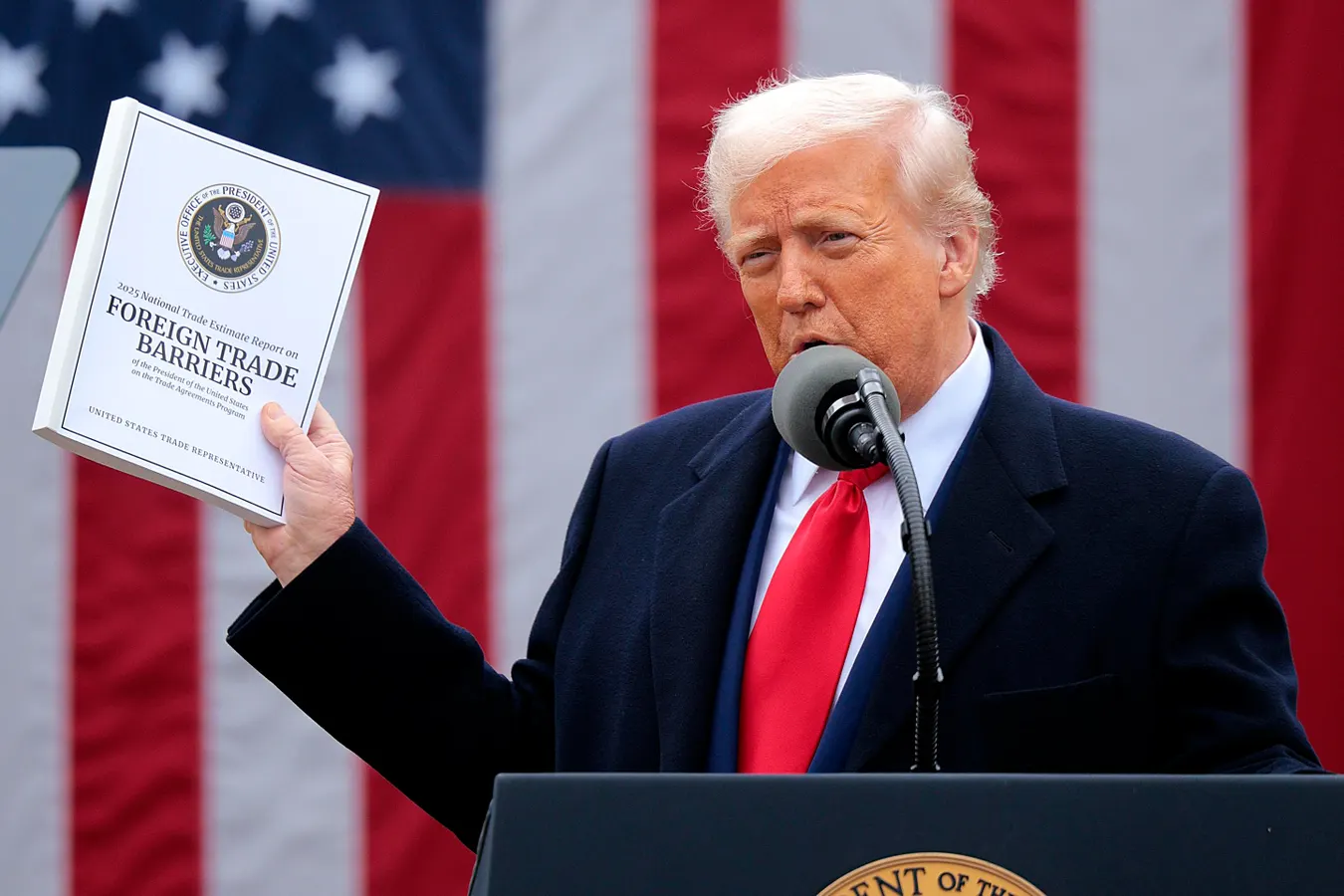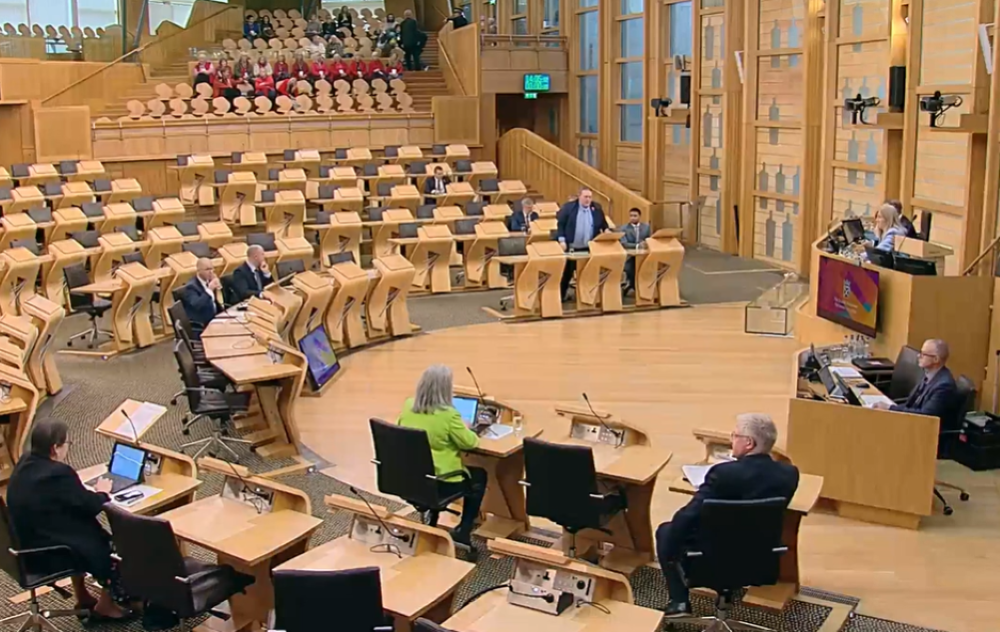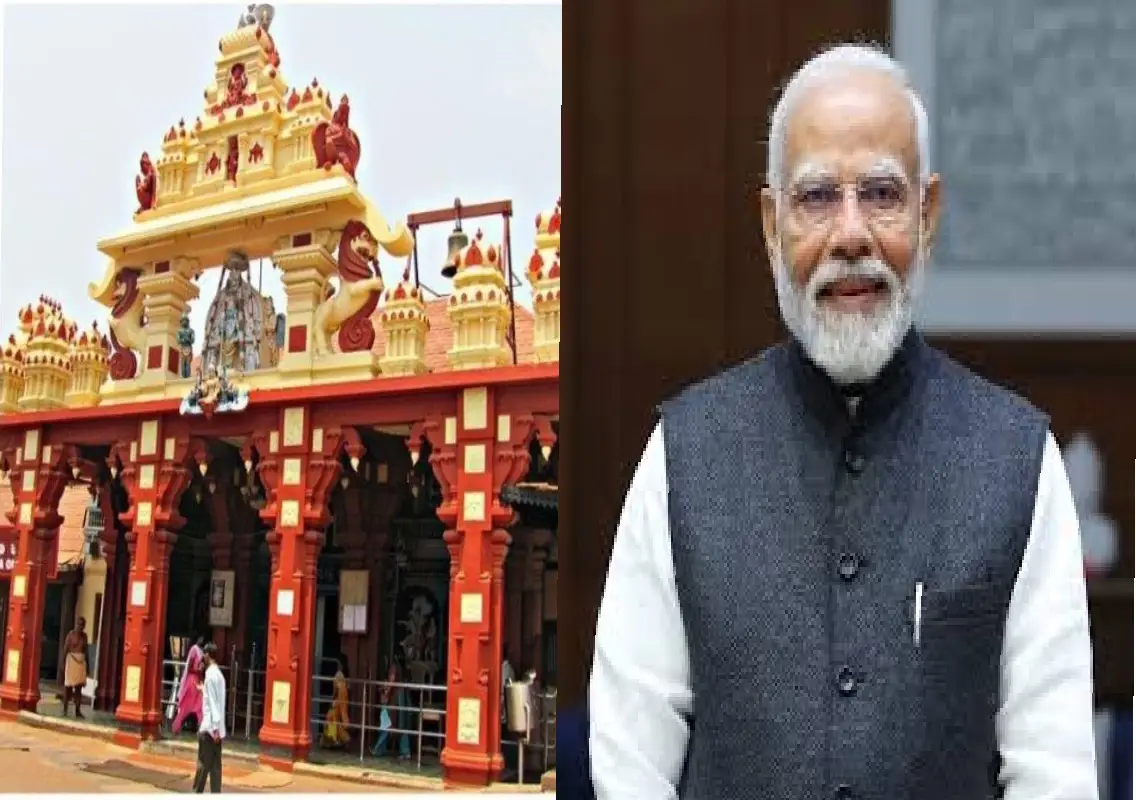Copyright Forbes

Two days ago, President Donald Trump on his Truth Social account called people opposing his tariff policy fools in all upper case. He claimed the country had “almost no inflation,” a “record stock market,” and “record investment” in the forms of plants and factories. Trump further claimed that the U.S. was taking in “trillions of dollars” and would soon begin paying down its $37 trillion debt and a “dividend of at least $2000 a person (not including high income people!) will be paid to everyone.” Time for some analysis. Some Exaggerations There has been more investment in plants and factories, but not a sudden rush of new facilities — which would take two to three years each to build because they don’t pop up overnight — and no wave of high-paying factory jobs. The labor market is weakening, not burgeoning. The stock market is doing well, but mostly because of hype over artificial intelligence, which means the results are concentrated in a handful of stocks and aren’t a reflection of overall business health and growth. MORE FOR YOU A real statement is the $37 trillion in debt. The exaggeration is the claim of paying it down soon. There is no evidence that officials in government have a serious intent that will transform into concrete action. Another true statement is that, historically, inflation is relatively low. But it has been growing. Many millions, who have not seen their wages sufficiently increase to meet the true higher costs of living, are feeling the pressure, especially in areas like food, housing, and healthcare (a reminder about the sudden jump in insurance premiums because the end of the shutdown has come at the cost of not renewing the Affordable Care Act’s tax credits). Simple Truths About Tariffs Are people fools if they disagree with the tariff policy? Hardly. Although Trump and some people in his administration have claimed that tariffs are paid by other countries, they aren’t any more than Mexico paid to build a wall along our southern border that Trump never came close to accomplishing in his first administration. Many economists, experts in finance, and any who had even a basic grasp of how tariffs work in theory and practice, foreign countries never pay them. Tariffs are payments rendered by domestic importers based on the invoiced costs of what they bring into the country. They are a specialized sales tax paid to the federal government rather than to a state. The importer always is the one to make the payment to the federal government, whether directly or through some agent; however, the importer can convince the exporter to lower its price, making the tariff charge smaller (and still paid entirely by the importer), pass along part or all of the cost to its customers in higher prices, or absorb the full tariff itself by lowering its profits. Tariff Income Is Less Than Trump Claims Since Trump’s first term in office, collected tariffs have leaped in annual volume. Look at the graph below based on data from the U.S. Bureau of Economic Analysis, showing quarterly tariff collections in billions of dollars from 1959 through the first half of 2025. In the first quarter of 2025, the government collected roughly $97.0 billion in tariffs. The second quarter saw $267.7 billion. The total: $364.6 billion. It’s hard to know how much was taken in Q3, given that the BEA and Treasury aren’t updating information during the shutdown and will likely take some time to get back up and running. According to Yale’s Budget Lab, the collective average impact of the tariffs reached 28% in early May, dropped down during the tariff freezes, and ultimately rose again to about 18% in October. Call the second half of the year roughly $400 billion (a bit more than double the first half, which started at about 2.4%), and 2025 tariffs would have brought in $740 billion. Far short of a trillion, let alone “trillions.” Forget That Dividend There is no way everyone other than those with high incomes will receive a $2000 “dividend.” The U.S. population is about 342.8 million people, according to the Census Bureau. Say that only 300 million receive money. The total would be about $600 billion. Technically, there would be enough money to cover that, but this is all money that would have been taken from U.S. citizens and businesses. It would be a rebate, or a return of money, not a dividend that in a company would mean payments out of profits to shareholders. A president cannot singly authorize such a payment. It took agreement in both houses of Congress to enable the payments made during the Covid pandemic. The chance of seeing such a payment at this point seems highly unlikely. Then, there is the Supreme Court, which has heard arguments about whether the tariffs were legal, with a number of justices, including multiple conservative ones, who seemed dubious. If they rule that the tariffs were not legally imposed, there could be a lot of money eventually going back to the companies that paid them. It would be up to the companies’ discretion whether to reimburse customers. You can ponder whether the businesses would do so or reduce prices that have been raised due to those tariff costs passed on.



